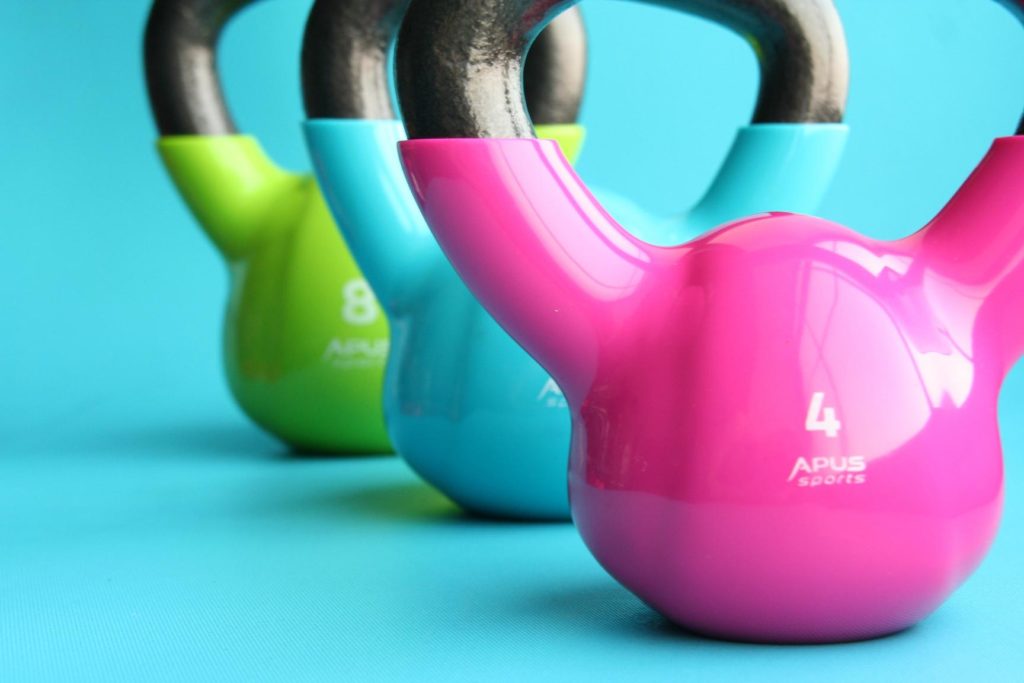
Things You Need To Know About PRP

Platelet-rich plasma (PRP) is plasma derived from your blood containing more platelets than what is commonly found in your blood. It is used to accelerate the healing process of soft tissue and joint injuries. PRP also increases collagen production needed to strengthen your skin and provide structure.
It is a popular treatment in the dermatology and sports science world. If you want to learn more about how PRP works to benefit your skin and the risks involved, speak to a professional at prp woodbridge township, new jersey today.
How does PRP treatment work?
PRP uses tissues drawn from your blood sample to create the treatment, which is then processed in a device known as a centrifuge that helps separate the platelets from other components of blood, and the resulting solution is injected into the injured area, such as an injured tendon or ligament. This shortens the recovery time of the injured area by boosting healing properties.
What are some types of treatment available?
- PRP Hair Loss Treatment
This involves injecting the treatment into your scalp to stimulate hair growth, speed up tissue repair, and increase blood supply to hair follicles. It requires up to 3 sessions in 4-6 weeks, with maintenance sessions every 4 to 6 months. The average cost of this treatment ranges from $1,500 to $3,500 for the initial three rounds of treatment.
- PRP Skin Treatment
The three-step treatment involves drawing, processing, and injecting your blood into your skin to give you younger-looking, healthier skin. Patients have found that PRP Facial can help reduce wrinkles, improve sagging skin and complexion, and rejuvenate the skin to its best state. The procedure typically takes 45 minutes to an hour and has little to no downtime. The cost of this treatment ranges from $250 to $1,500.
- Osteoarthritis
Although there is little evidence about PRP treatment proving to help with knee osteoarthritis pain and stiffness, some studies have shown that PRP injections may help treat osteoarthritis pain by adjusting the joint environment and reducing swelling.
- Post-surgical Treatment
PRP treatments have proven to promote the healing of wounds after medical surgeries. Some medical surgeries have long recovery times, which can be both painful and inconvenient; PRP treatment helps speed up healing.
Risks and side effects involving PRP
Since the treatment is created using your own tissues, it is generally considered to be a safe procedure, but procedures involving needles always have some risks you need to be careful about, such as:
- Infection
- Injuries to nerves
- Tissue damage
- Bleeding
- Nausea
- Dizziness
